Artificial intelligence (AI) and machine learning (ML) are revolutionizing the field of transport logistics. These advanced technologies are transforming the way businesses manage their supply chains, providing unprecedented levels of efficiency, accuracy, and cost savings. This article explores the top AI and ML tools that are revolutionizing transport logistics and how they are helping companies optimize their operations.
The Role of AI and ML in Transport Logistics
AI and ML are subsets of data science that involve creating algorithms and models to simulate intelligent behavior and learn from data. In transport logistics, these technologies are used to analyze vast amounts of data, identify patterns, and make predictions that enhance decision-making and operational efficiency.
- Route Optimization
- AI and ML tools are used to optimize delivery routes by analyzing traffic patterns, weather conditions, and other factors. These tools help businesses identify the most efficient routes, reducing travel time and fuel consumption.
- Predictive Maintenance
- ML algorithms can predict when transportation assets are likely to fail based on historical data. This allows businesses to perform maintenance proactively, minimizing downtime and extending the lifespan of vehicles and equipment.
- Demand Forecasting
- AI tools can analyze historical sales data, market trends, and other factors to forecast demand accurately. This helps businesses allocate transportation resources effectively and ensure timely deliveries.
- Inventory Management
- ML algorithms can optimize inventory levels by predicting demand and identifying the optimal time to reorder products. This reduces excess inventory and ensures that products are available when needed.

Top AI and ML Tools for Transport Logistics
- ClearMetal
- ClearMetal is an AI-powered supply chain visibility platform that provides real-time tracking and predictive insights. It uses ML algorithms to analyze data from multiple sources and provide accurate predictions on shipment arrival times, inventory levels, and more.
- FourKites
- FourKites is a real-time supply chain visibility platform that uses AI and ML to provide end-to-end tracking of shipments. It offers predictive analytics, proactive alerts, and real-time visibility into transportation operations.
- Llamasoft
- Llamasoft offers a suite of AI-powered supply chain optimization tools. These tools use ML algorithms to analyze data and provide insights on route optimization, inventory management, and demand forecasting.
- Project44
- Project44 is a logistics and supply chain visibility platform that uses AI and ML to provide real-time tracking and predictive analytics. It helps businesses optimize transportation routes, reduce delays, and improve overall efficiency.
- Turvo
- Turvo is a collaborative logistics platform that uses AI and ML to connect shippers, carriers, and brokers. It provides real-time visibility, predictive analytics, and automation tools to streamline transportation operations.
Benefits of AI and ML in Transport Logistics
- Increased Efficiency
- AI and ML tools automate complex tasks, reducing the need for manual intervention and increasing overall efficiency.
- Cost Savings
- By optimizing routes, predicting maintenance needs, and managing inventory levels, AI and ML tools help businesses reduce operational costs.
- Enhanced Decision-Making
- AI and ML provide data-driven insights that enable businesses to make informed decisions and respond quickly to changing conditions.
- Improved Customer Satisfaction
- Timely deliveries, accurate demand forecasting, and efficient transportation operations result in higher customer satisfaction and loyalty.
Challenges and Considerations
While AI and ML offer significant benefits, there are challenges and considerations to keep in mind:
- Data Quality
- The effectiveness of AI and ML tools depends on the quality of data. Ensuring accurate and up-to-date data is crucial for reliable insights.
- Integration with Existing Systems
- Integrating AI and ML tools with existing logistics systems can be complex. Businesses need to ensure seamless integration to maximize the benefits.
- Cost of Implementation
- Implementing AI and ML tools can be costly. Businesses need to weigh the initial investment against the long-term benefits.
- Skill Requirements
- Leveraging AI and ML tools requires specialized skills and knowledge. Businesses may need to invest in training or hire experts to manage these technologies.
Key Benefits of Data-Driven Transportation Optimization
- Cost Reduction
- By identifying inefficiencies and optimizing logistics operations, data analytics helps businesses reduce transportation costs. This includes savings on fuel, labor, and vehicle maintenance.
- Improved Customer Satisfaction
- Efficient transportation leads to timely deliveries, which enhances customer satisfaction. Data analytics enables businesses to meet delivery deadlines consistently, resulting in happier customers and improved brand reputation.
- Enhanced Decision-Making
- Data-driven insights provide businesses with the information they need to make informed decisions. This includes decisions related to route planning, inventory management, and resource allocation.
- Increased Efficiency
- Overall, data analytics streamlines logistics operations, making them more efficient. This includes reducing lead times, minimizing delays, and improving the overall flow of goods within the supply chain.

Conclusion
AI and ML are trAI and ML are transforming transport logistics by providing advanced tools for route optimization, predictive maintenance, demand forecasting, and inventory management. These technologies offer significant benefits, including increased efficiency, cost savings, enhanced decision-making, and improved customer satisfaction. However, businesses must address challenges related to data quality, system integration, cost of implementation, and skill requirements to fully realize the potential of AI and ML in their logistics operations. By embracing these technologies, companies can stay competitive and achieve operational excellence in the fast-paced world of transport logistics. These technologies offer significant benefits, including increased efficiency, cost savings, enhanced decision-making, and improved customer satisfaction. However, businesses must address challenges related to data quality, system integration, cost of implementation, and skill requirements to fully realize the potential of AI and ML in their logistics operations. By embracing these technologies, companies can stay competitive and achieve operational excellence in the fast-paced world of transport logistics.





